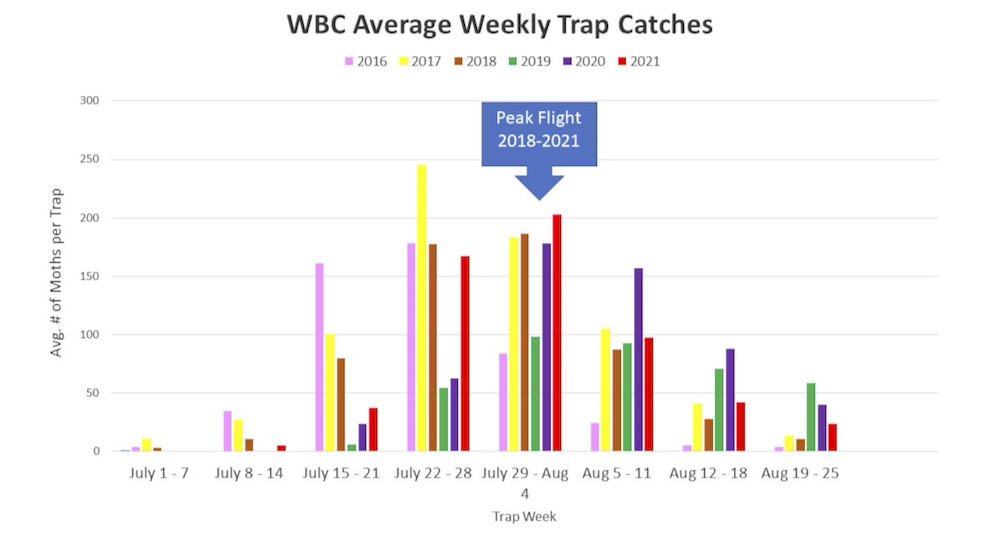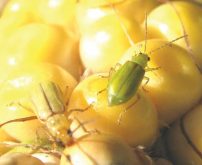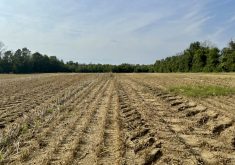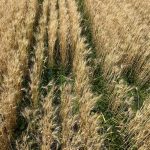It is safe to say that western bean cutworm (WBC) is a pest that we can rely on entering corn and dry beans every year in Ontario. Though a frustrating pest to scout for, using traps to monitor moth flight has helped us better predict when to expect peak moth flight occurs, which is shortly followed by peak egg laying. For several years now, moth flight has started to ramp up in Ontario during the week of July 15th, three weeks prior to peak flight. Based on average trap counts from the 500+ traps in Ontario on the Great Lakes and Maritimes Pest Monitoring Network (GLMPMN) this year, peak moth flight occurred during the week of July 28th to August 4th; the same week it has been doing so since 2018 (Figure 1 at top).
Peak flight occurred the same week for both field corn and dry bean traps while sweet corn traps peaked a week earlier. As always, dry bean traps captured more moths during that period than traps next to field and sweet corn fields (Figure 2 below).
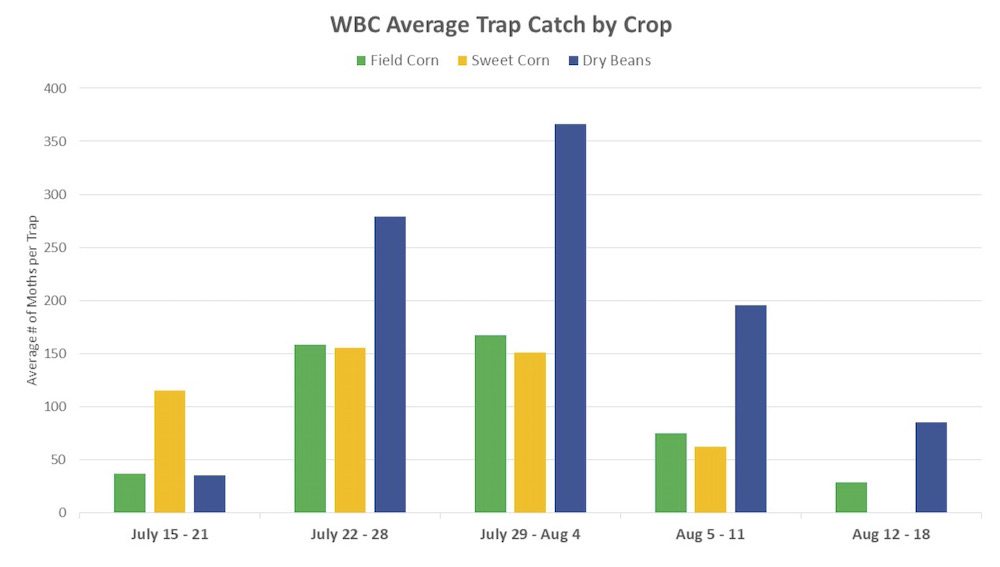
When we look more closely at trap counts by county however, peak flight timing varied and wasn’t entirely dependent on geography or degree day (DD) accumulation (Figure 3 below). Some counties peaked the week of July 22-28, while others peaked the week of July 29 – August 4th. Grey county observed peak flight later than all other counties across Ontario (August 5th – 11th). Several DD models have been developed to help predict WBC flight activity. Hanson et al. 2015 is considered the most reliable so far by many states. It uses 3.3C as the base temperature, calculating degree days starting on March 1st. According to the model, 50% of moth flight (peak flight) occurs when 1502 DD have been accumulated. Using weather data and trap counts for Ontario this year, the model accurately predicted peak flight for some locations but not all. Table 1 shows the predicted versus observed peak flights by county across Ontario. Predicted peak flight was too early or too late for some counties. We hope to make refinements to this model to predict WBC development more accurately in Ontario. This will help improve both scouting and application timing to enable the most effective management possible.
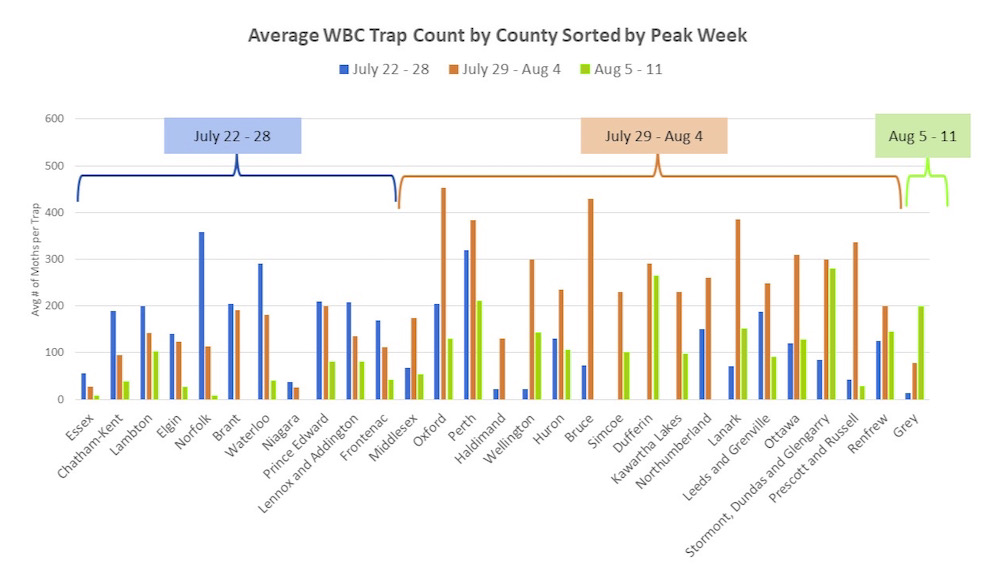
To read the full Field Crop News report for Aug. 25, click here.



